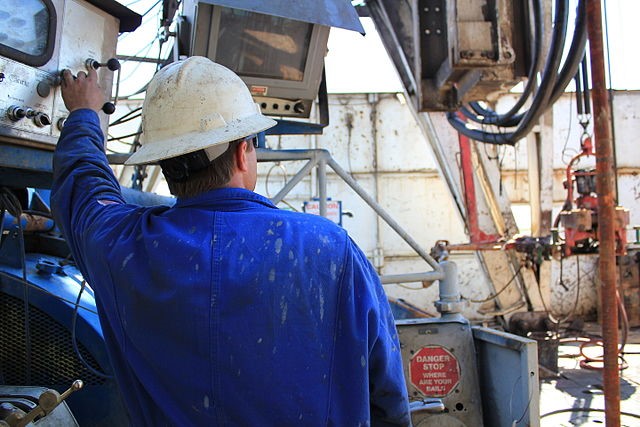Refinery Maintenance: The Work Management Process
In any equipment intensive sector, there is almost never a quiet day – and a refinery is no exception. Even the best-planned days can be full of interruptions – failures and other unplanned events that disrupt the schedule and cause system slowdowns or outages.
But a well-curated and properly executed Work Management Process can smooth the impact of these disruptions and enable good Risk Based Decision Making so that refineries can reduce the costs associated with equipment failures, inefficient work execution, process interruptions, overtime, and rushed orders.
Typical Work Management Process

During the first part of the process – Work Need Identification – enhanced training can increase operator understanding of the processes and equipment, while empowering them to better identify failures before they occur. Properly designed and executed Preventative Maintenance for each piece of equipment can enable better identification of failing equipment and increase the equipment’s longevity.
Once a failure is identified, the Operator generates a work notification in the refinery’s Computerized Maintenance Management System (CMMS)or Enterprise Asset Management (EAM) software. Often, these systems are not optimally set-up to enable proper data collection, so it’s important that operators receive proper training in order to ensure that work notifications are of sufficient quality and detail with reduced operator variation.
After the notification is submitted to and approved by a supervisor, a Planner determines which craftspeople and tools are required to fix the failure and how long the work will take to complete. An inaccurate plan can lead to inefficient Work Order Execution as the proper craftspeople may not be involved, the proper tools may not be available, or the schedule may be inaccurate in terms of its duration. Improving the planning process using accurate data can prevent these deficiencies.
Work Order Scheduling is often a challenging area, as there is a limited amount of both human and financial resources, but a long list of work that needs to be completed. These scheduling meetings are typically the embodiment of “the squeaky wheel gets the grease”, with the loudest individuals in the room receiving the most resources. As a result, Preventative Maintenanceefforts tend to be neglected, and this myopic view creates a slippery slope of increased equipment failures in the long-term. Creating Standard Operating Procedures and Work Management Risk Matrices can support work prioritization and strike the balance between preventative and reactive work orders. The same logic can be used to prioritize and decrease the Maintenance Backlog. It’s important to note here that the proper criteria should be used in work prioritization to reach desired outcomes; frequently, refineries use incorrect criteria, which reduces the effectiveness of prioritization efforts.
Work Order Close-out is one of the most important steps in the process but is often neglected or improperly completed. A proper Work Order Close-out results in better data collection and more informed decision making. This information can be used in a continuous improvement process that allows Planners to fine-tune Work Order Planning. Additionally, failure code data can be used to identify root causes of failures and support Defect Elimination programs.
To learn more about how Trindent can assist your refineries to avoid the pitfalls of a work management process, reach out to our team on LinkedIn or through our Contact Us page.
The author of this article – James Greey is a Senior Consultant at Trindent.




 English
English








